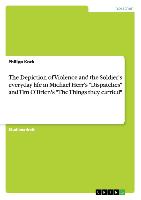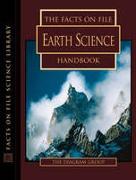- Start
- The Depiction of Violence and the Soldier's everyday life in Michael Herr's "Dispatches" and Tim O'Brien's "The Things they carried"
The Depiction of Violence and the Soldier's everyday life in Michael Herr's "Dispatches" and Tim O'Brien's "The Things they carried"
Angebote / Angebote:
Studienarbeit aus dem Jahr 2008 im Fachbereich Englisch - Literatur, Werke, Note: 2, 0, Philipps-Universität Marburg (Amerikanistik), Veranstaltung: American War Literature, Sprache: Deutsch, Abstract: 1. Introduction
1.1 Topic statement
Michael Herr's Dispatches and Tim O'Brien's The Things they carried (I will use the
abbreviation Things) are two well-known examples of Vietnam War Literature. Things
approaches the Vietnam War as "a work of fiction". The author states in the beginning of
his book: "Except for a few details regarding the author's own life, all the incidents, names
and characters are imaginary". Critics refer Things to Postmodernism.
Dispatches, however, is not fiction: Michael Herr covered the war for 2 years (1967-69)
for the Esquire magazine and in 1978, the year of the publication, Dispatches was
nominated for the National Book Award for nonfiction (Bonn 28). The critics label
Dispatches as New Journalism:
"Michael Herr's Dispatches is the work of a war correspondent, but it is not journalism in the
ordinary sense of the word, i.e. an objective, detached reporting of the "facts". Instead it is a
work of the so-called New Journalism, a hybrid form that, in typical postmodern fashion, blurs
traditional genre distinctions. (...) The New Journalism abandons all pretense of impersonal
objectivity instead an intense, substituting subjectivity that (...) also employs such devices of
fiction as characterization, flashbacks and interior monologue" (Carpenter 36/37).
This term paper deals with the depiction of the Vietnam War in Dispatches and Things,
with a special focus on the depiction of violence and the everyday life of the soldiers.
Because of the fact that the books are different in style and narrative transmission, I will
put briefly some emphasis on those aspects in the beginning.
1.2 Thesis statement
Both writers depict the war without moral purposes, showing as well the negative features
of the war (death, terror, fear, brutalization, deadening, etc.) as the properties of war which
could be regarded as "positive" (a thrilling and seductive experience, comradeship,
"beauty"/"majesty" of the war).
Folgt in ca. 10 Arbeitstagen

